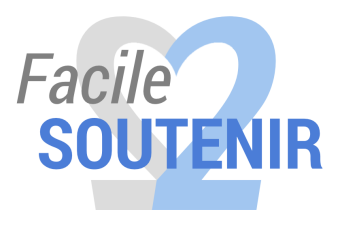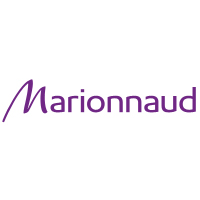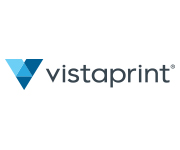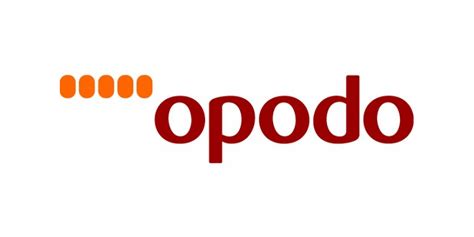4 7: Closing Entries Business LibreTexts
The accounting cycle involves several steps to manage and report financial data, starting with recording transactions and ending with preparing financial statements. These entries transfer balances from temporary accounts—such as revenues, expenses, and dividends—into permanent accounts like retained earnings. The balance in dividends, revenues and expenses would all be zero leaving only the permanent accounts for a post closing trial balance. The trial balance shows the ending balances of all asset, liability and equity accounts remaining. The main change from an adjusted trial balance is revenues, expenses, and dividends are all zero and their balances have been rolled into retained earnings.
If you paid dividends for the month, you will need to close that account as well. For sole proprietorships and partnerships, you’ll close your drawing account to your capital account, because you will need to reduce your capital account by the draws taken for the month. Since we credited income summary in Step 1 for $5,300 and debited income summary for $5,050 in Step 2, the balance in the income summary account is now a credit of $250. While these accounts remain on the books, their balance is reset to zero each month, which is done using closing entries. Let’s move on to learn about how to record closing those temporary accounts. Another essential component of the Highradius suite is the Journal Entry Management module.
- This entry zeros out dividends and reduces retained earnings by total dividends paid.
- All generated revenue of a period is transferred to retained earnings so that it is stored there for business use whenever needed.
- We need to do the closing entries to make them match and zero out the temporary accounts.
- To close the drawing account to the capital account, we credit the drawing account and debit the capital account.
Step 3: Clear the balance in the income summary account to retained earnings
Having a zero balance in these accounts is important so a company can compare performance across periods, particularly with income. It also helps the company keep thorough records of account balances affecting retained earnings. Revenue, expense, and dividend accounts affect retained earnings and are closed so they can accumulate new balances in the next period, which is an application of the time period assumption. The expense accounts have debit balances so to get rid of their balances we will do the opposite or credit the accounts. Just like in step 1, we will use Income Summary as the offset account but this time we will debit income summary.
Journalizing and Posting Closing Entries
To make them zero we want to decrease the balance or do the opposite. We will debit the revenue accounts and credit the Income Summary account. The credit to income summary should equal the total revenue from the income statement. You might be asking yourself, “is the Income Summary account even necessary? ” Could we just close out revenues and expenses directly into retained earnings and not have this extra temporary account?
Four Steps in Preparing Closing Entries
Other accounting software, such as Oracle’s PeopleSoft™, post closing entries to a special accounting period that keeps them separate from all of the other entries. So, even though the process today is slightly (or completely) different than it was in the days of manual paper systems, the basic process is still important to understand. Remember the income statement is like a moving picture of a traceable cost business, reporting revenues and expenses for a period of time (usually a year). Permanent accounts, such as asset, liability, and equity accounts, remain unaffected by closing entries.
Your car, electronics, and furniture did not suddenly lose all their value, and unfortunately, you still have outstanding debt. Therefore, these accounts still have a balance in the new year, because they are not closed, and the balances are carried forward from December 31 to January 1 to start the new annual accounting period. Once all of the required entries have been made, you can run your post-closing trial balance, as well as other reports such as an income statement or statement of retained earnings. Temporary account balances can be shifted directly to the retained earnings account or an intermediate account known as the income summary account.
It’s important to note that neither the drawing nor how does bidens latest plan to tax the superrich work its more straightforward the dividends accounts need to be transferred to the income summary account. An accounting period is any duration of time that’s covered by financial statements. It can be a calendar year for one business while another business might use a fiscal quarter. The next and final step in the accounting cycle is to prepare one last post-closing trial balance. Once we have made the adjusting entries for the entire accounting year, we have obtained the adjusted trial balance, which reflects an accurate and fair view of the bakery’s financial position.
Step 3: Closing the income summary account
This module automates the creation and management of journal entries, ensuring consistency and accuracy in your financial statements. Organizations can achieve up to 95% journal posting automation with a pre-filled template, reducing errors and discrepancies and providing a reliable view of financial data. Notice how only the balance in retained earnings has changed and it now matches what was reported as ending retained earnings in the statement of retained earnings and the balance sheet. Now for this step, we need to get the balance of the Income Summary account.





















































































































































































































